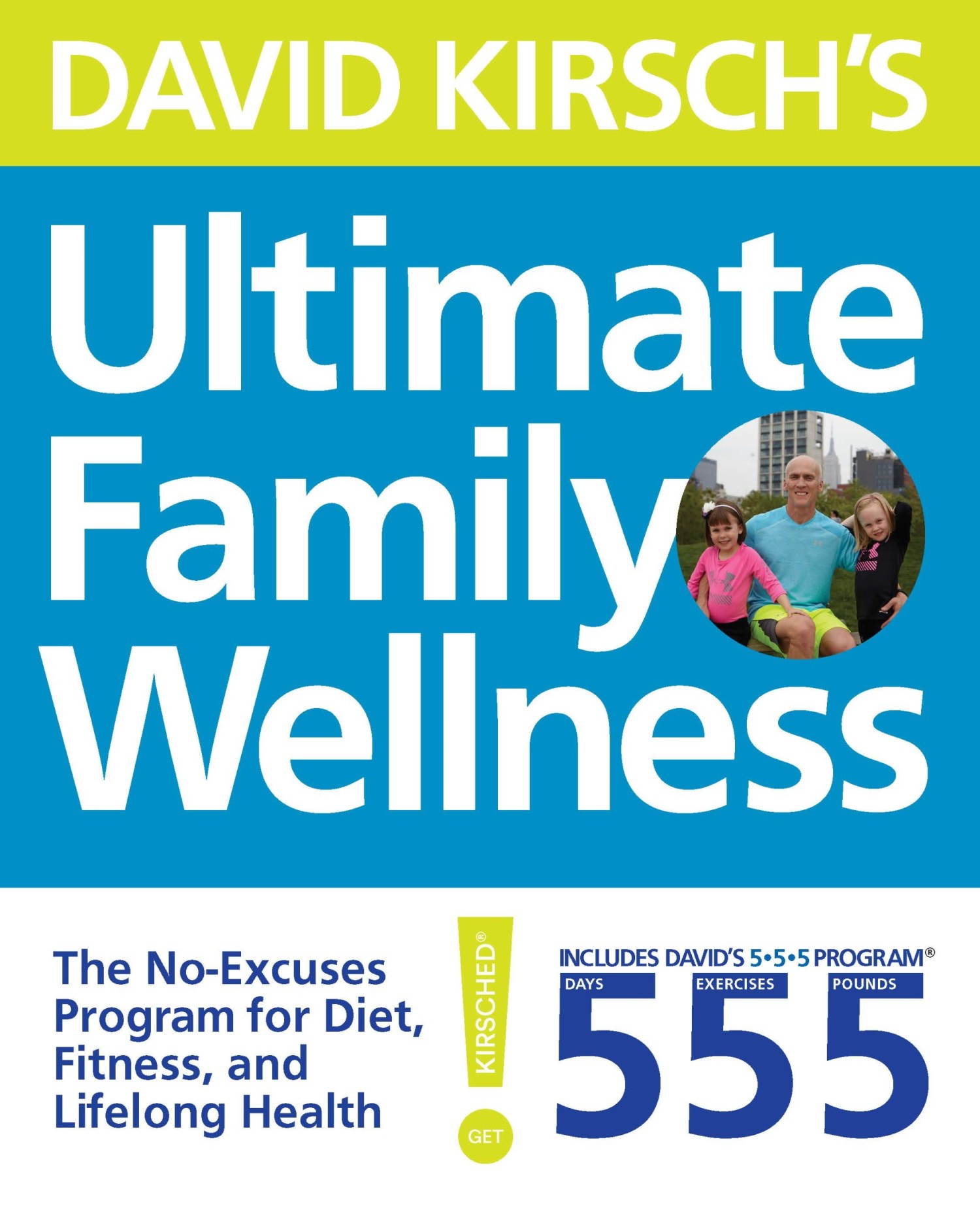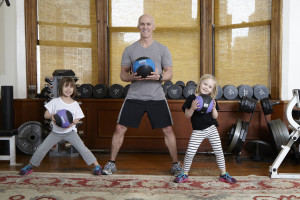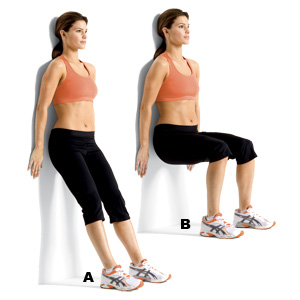AARP Hearing Center
Are You Fit? Five Ways to Find Out
By Barbara Hannah Grufferman, December 10, 2015 03:29 PM
https://youtu.be/QtKKeX3nvuE
It’s that time of year when party hosts bid us to hit the dessert table, but the weather bars us from hitting the gym. If you’re like me — eager not to feel guilty about skipping your health routines and perhaps hoping to get a jump on your New Year’s resolutions — try asking yourself this simple question: “Am I fit?”
And why would you do that? Because your current degree of fitness is a key indicator of how well you will age. If that news doesn’t exactly flood you with glee, despair not: It’s never too late to start rebuilding your strength and stamina.
How would you put $10,000 to work? Sharpen your job skills and enter for a chance to win the big prize! Ends 1/31/16. No purchase necessary. See official rules »

I checked in the other day with fitness guru David Kirsch, who helped me drop 15 pounds and get fit the year I turned 50. Today he runs a New York City gym and is the author of several best-sellers on getting into the best shape of your life. His newest book, Ultimate Family Wellness, explains how to make fitness a family affair. (Which is why he’s putting those two little girls through their paces above; they’re his daughters!)
“Movement is exercise,” Kirsch reminded me. “Seemingly simple things — taking a walk, for example — can be just the spark your body needs to get back on a healthy track.” He’s a big proponent of ascertaining your current fitness level — “That gives you a better sense of how to improve it,” says Kirsch — so I’ve shared some of his assessment methods below. To apply them, you won’t need anything more than running shoes, a timer, a yoga mat (or rug) and comfortable exercise clothes — and, of course , a green light from your doctor.
Once you’ve gathered all those, see if you can:
1. Run a mile. This is an accurate gauge of your fitness level. In one study, men who struggled to run a mile in 10 minutes or less had a 30 percent lifetime risk of developing heart disease. Those who managed to run it in 8

minutes or less, by contrast, had only a 10 percent lifetime risk. As for women, those who can cover that distance in 9 minutes or less will have the lowest risk of heart disease at 70 or older.
To test yourself, go to a flat running area — a running track is ideal — that you know is a mile in length. Then clock yourself (or ask a friend to) as you run that mile as fast as you can. If your time exceeds 10 minutes, use that as your baseline to improve. As Beth Levine of the Baseline of Health Foundation points out, “a combination of weight training and aerobic exercise for three 45-minute workouts weekly leads to a 15 to 20 percent decrease in heart attack and stroke risk.”

3. Hold the plank for 60 seconds. During my “come-to-Kirsch moment” 10 years ago, I struggled to hold a plank for 10 seconds (the video below shows you how). Since then, I have slo-o-owly built up to a full minute. If you’re 45 to 65 years old and can hold the plank for only 30 seconds or less, your fitness level needs work; at 60 seconds you’ll be getting there, and at two minutes you’ll be ripped!
Get discounts on prescriptions, health exams, eye care and more — AARP Member Advantages »
4. Do a wall squat for 30 seconds. Stand against a wall with your heels about 18 inches from the wall. Slowly bend your knees and

slide your back down the wall until you reach a sitting position, legs bent at a 90-degree angle. Can you hold this position for over 30 seconds? If so, you’re quite fit! If all you can manage is 10 seconds or less, ratchet up your fitness plan.
5. Balance on one foot. How well you can balance — and for how long — is a reliable measure of overall fitness and longevity. A recent study of 53-year-old men and women showed that if they could balance on one leg with their eyes closed for more than 10 seconds — and get up and down from a chair at least 35 times in a minute — their fitness level was very good. Hone your own balancing ability while standing in line, talking on the phone or doing dishes.
Photos: DavidKirschWellness (2), AARP, Women’sHealth































































